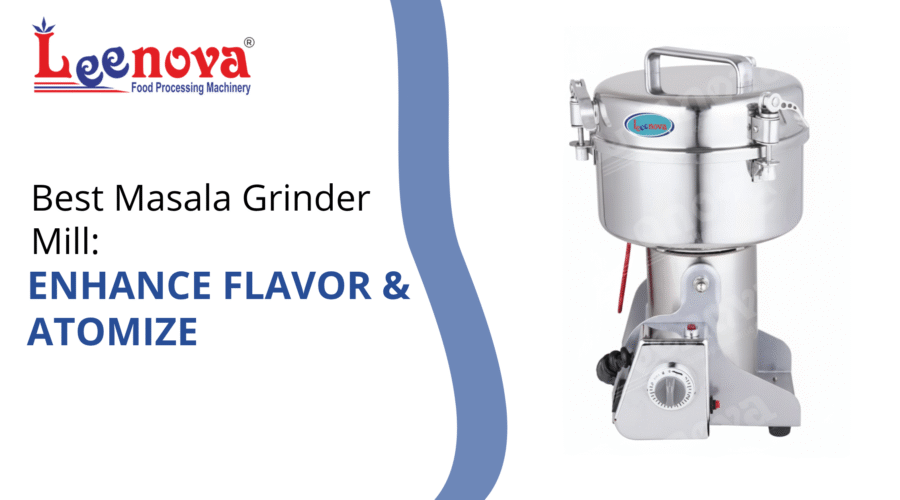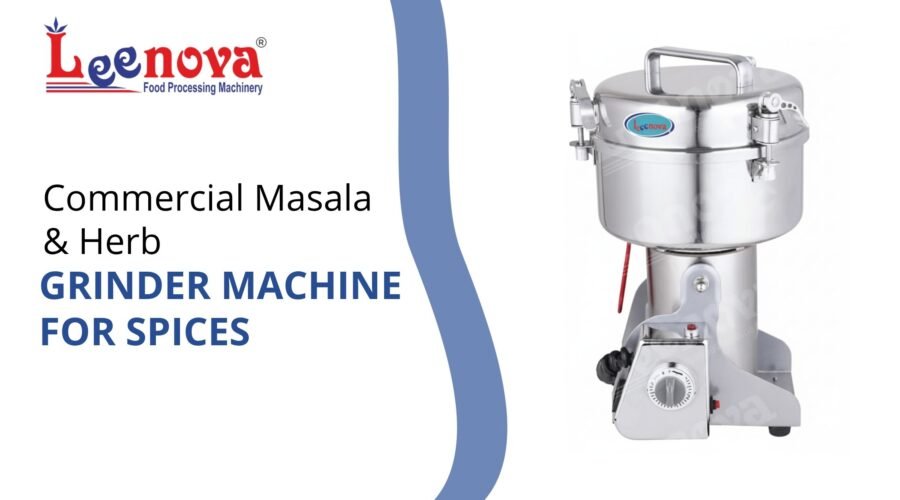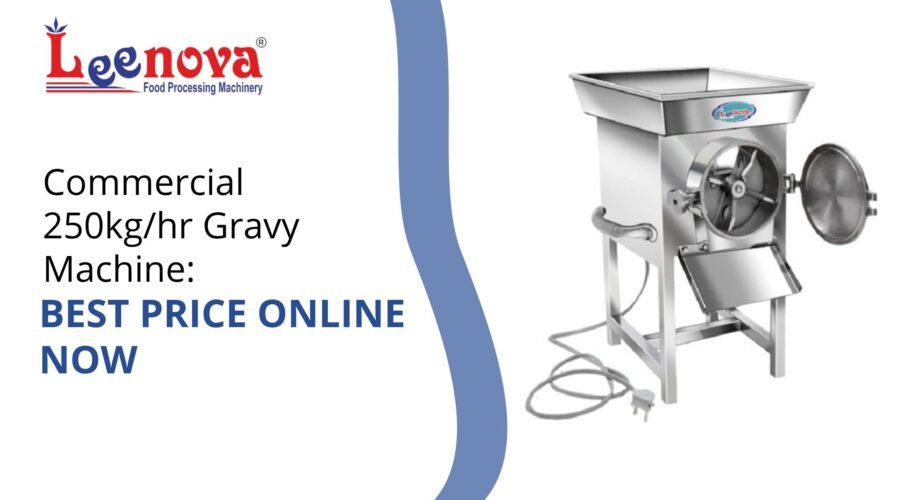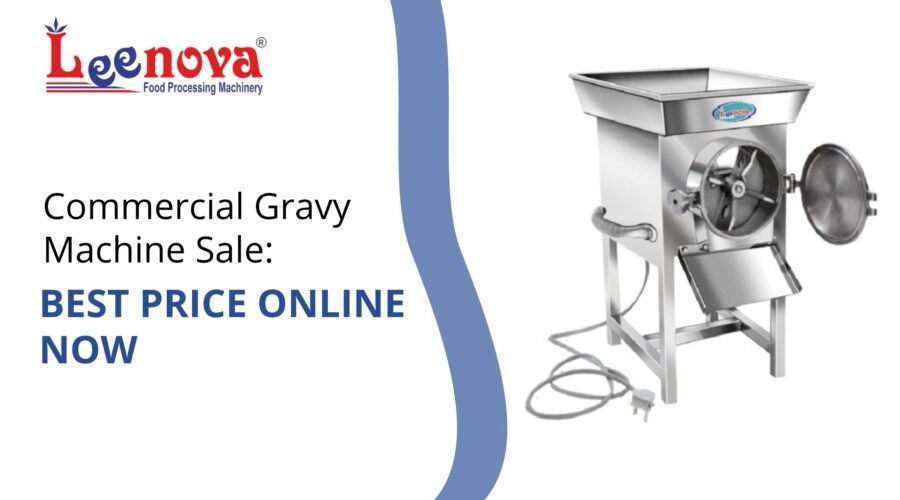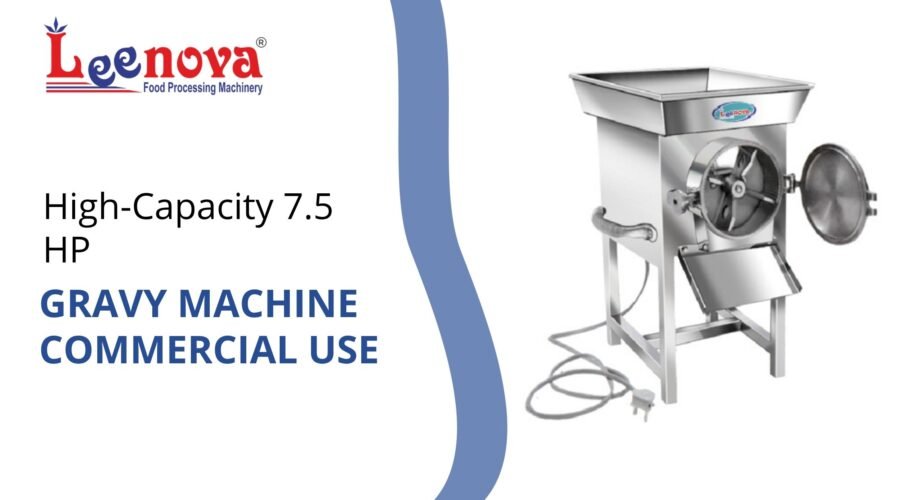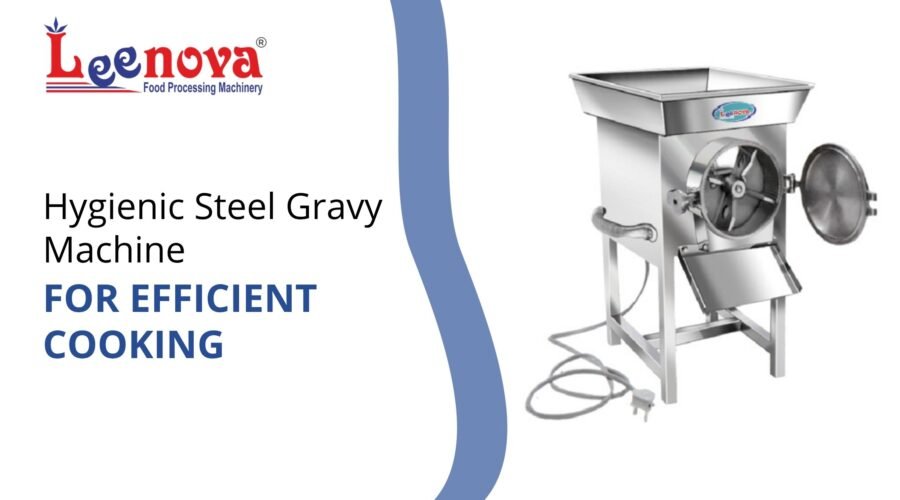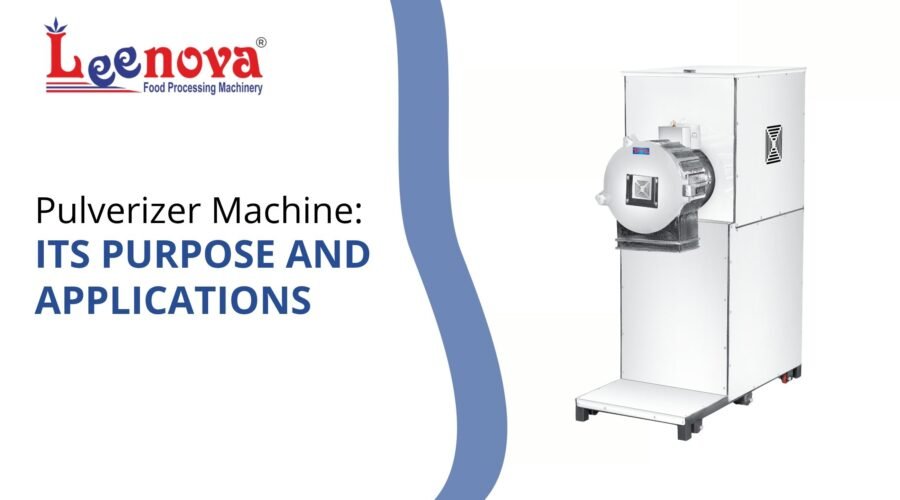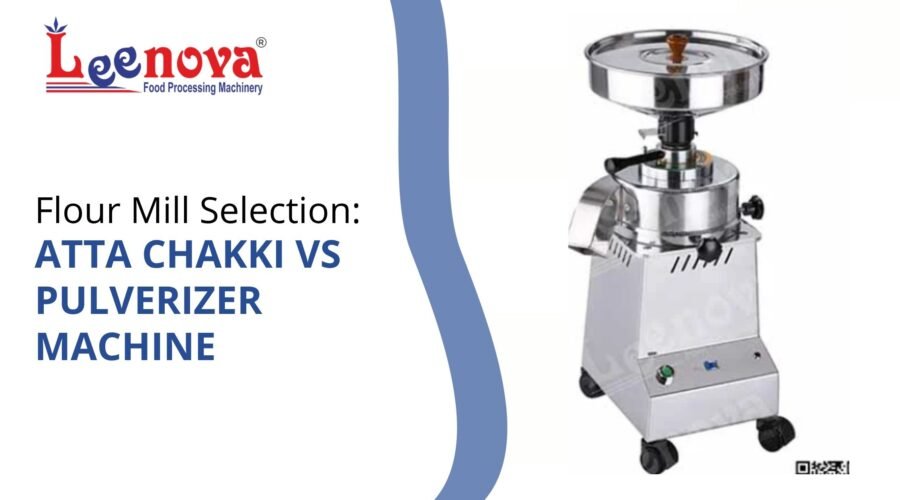Spice processors lose 15-43% of essential oils during conventional grinding because most machines run at temperatures exceeding 40°C. This heat destroys the volatile compounds that define flavor intensity, forcing buyers to use 20-30% more spice to achieve the same taste profile. Advanced masala grinder mills with controlled atomization systems maintain grinding temperatures below 25°C, preserving 92-97% of volatile oils while producing particle sizes between 50-150 microns—the optimal range for maximum flavor release. The difference shows up in blind taste tests and ingredient cost savings. This piece explains how atomization works, what technical features actually matter, and how to match machine
Best Masala Grinder Mill: Enhance Flavor & Atomize
